To recognise a good soap and know whether it is of good quality, the first thing to do is to check its appearance. Visit cosmetic black soap, Good quality oil should have a compact texture. Its colour should be darker or lighter, depending on the oil used. As for its smell, it must not be too strong! Many additives can be used, including antibacterial agents, essential oils and moisturisers. Like all soaps, black soap is made by saponification. The ingredients needed to make black soap are palm oil and potassium hydroxide (KOH). A mixture of palm oil and oils macerated in salt and potash is used. The formulas vary but the basic elements are always the same. It is therefore an entirely natural substance. The making black soap is the result of a slow, non-reversible transformation called hydrolysis or saponification. In short, this is a chemical reaction that resembles neutralisation, but where the acid is an organic fat and the products are a non-neutral salt and glycerine: base + fat (acid) = soap + glycerine. This chemical transformation, which takes place at a temperature of between 80 and 100°C, takes place in several phases: emulsion, self-catalysis, then slow saponification. At the end of this transformation, the ingredients used have disappeared. Saponification produces a mixture of potassium carboxylates, which make up the soap, and glycerol or glycerine (a by-product of this reaction). The black soap obtained is a perfectly smooth, vegetable, oily scrubbing paste. Its consistency resembles honey. Its colour varies from green, dark brown to black. This depends on the oil used and the manufacturer.
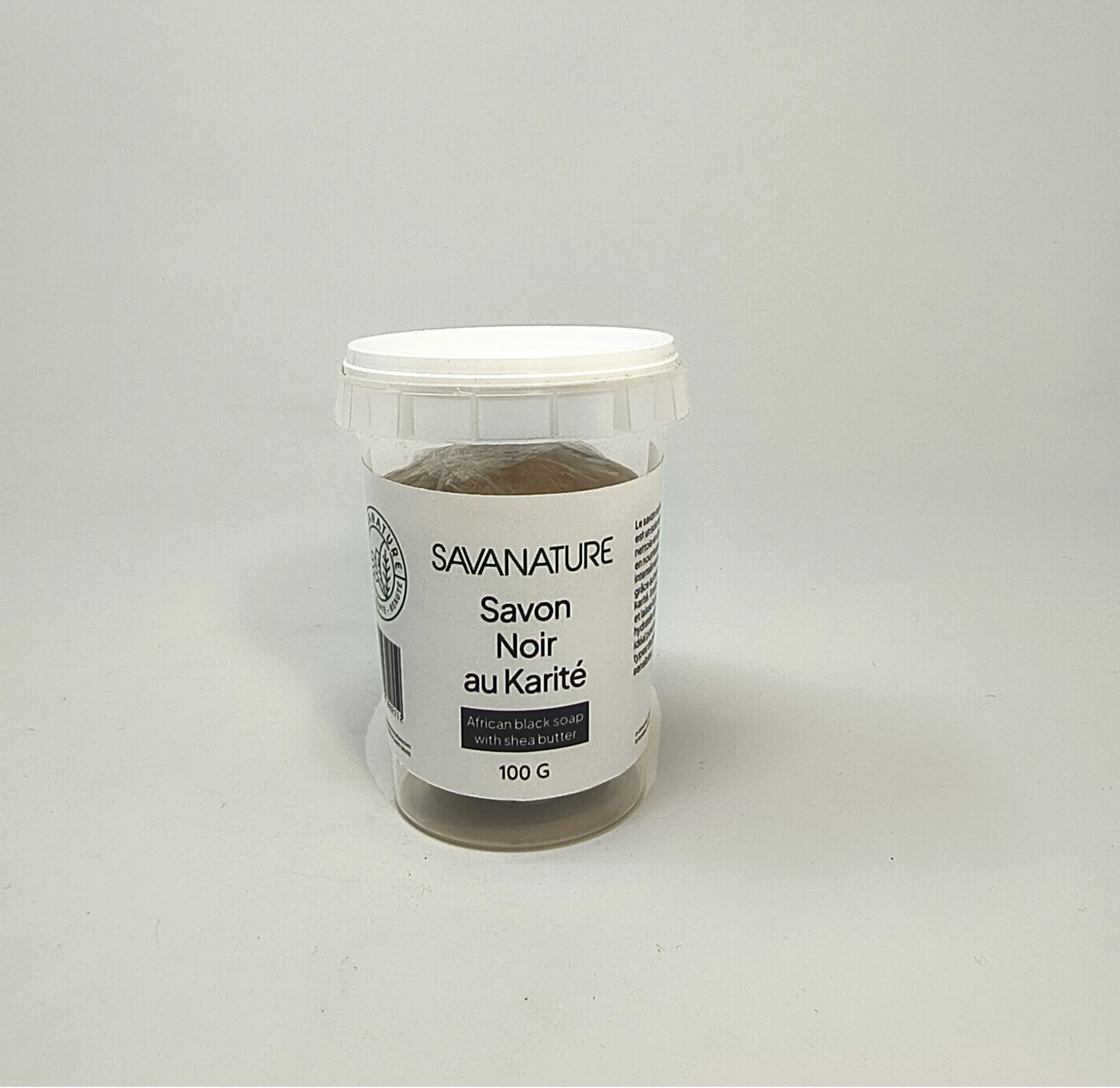
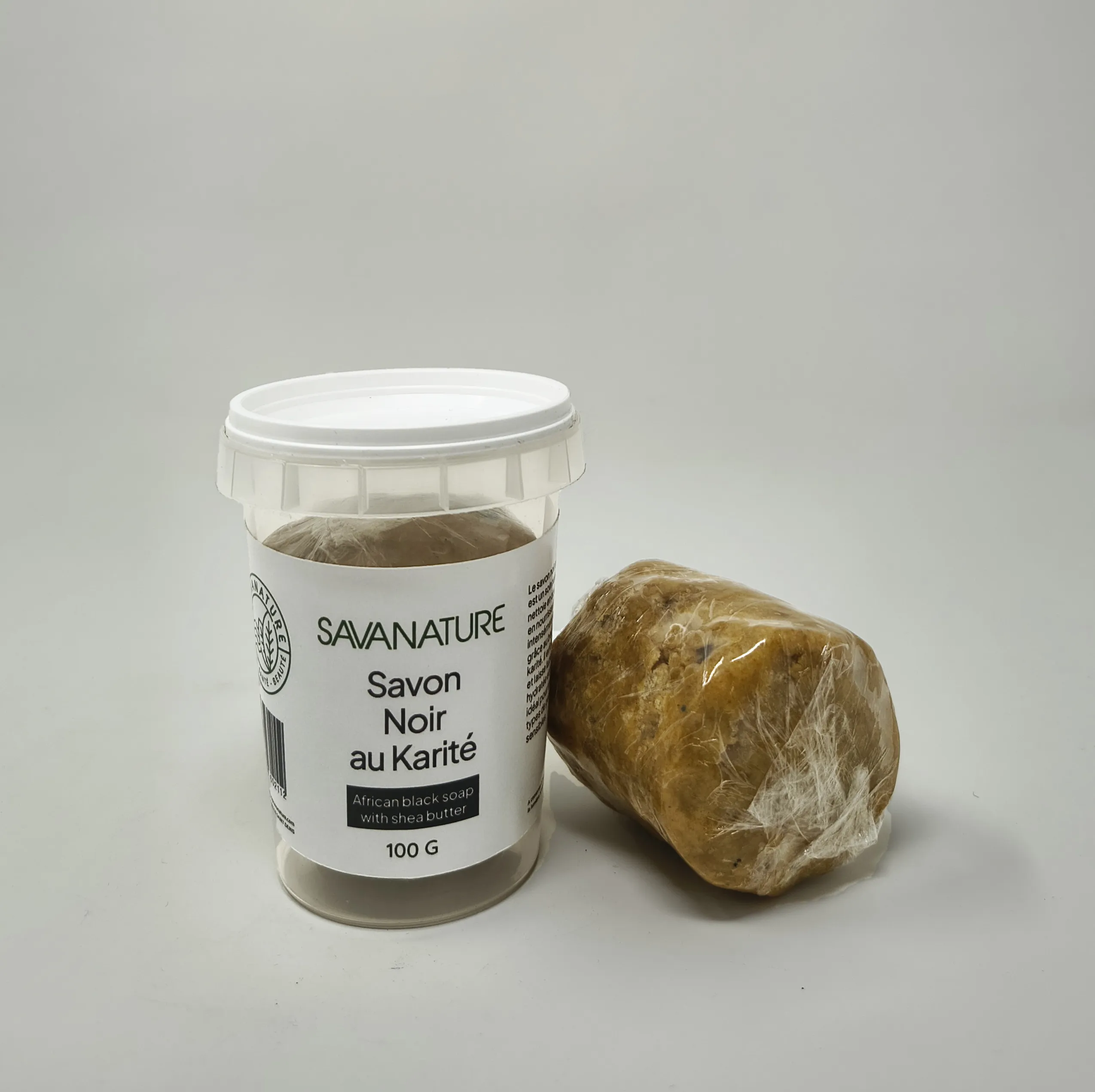
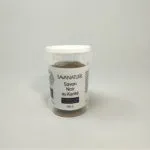
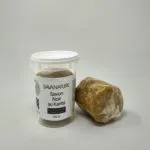
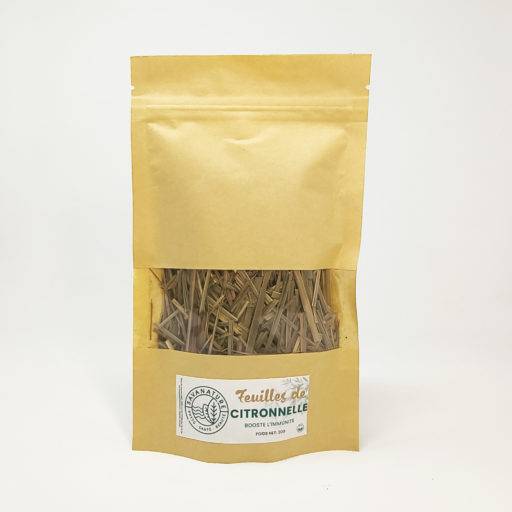


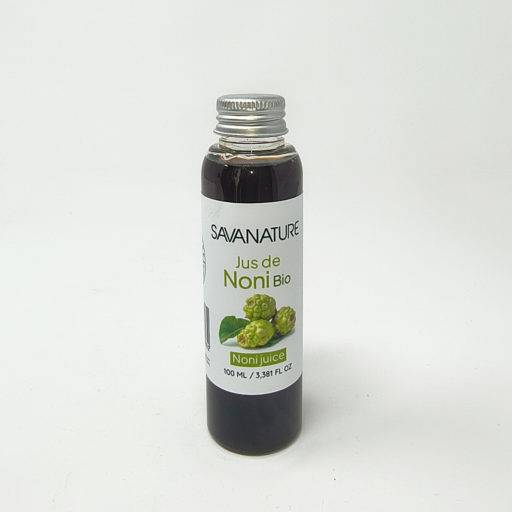
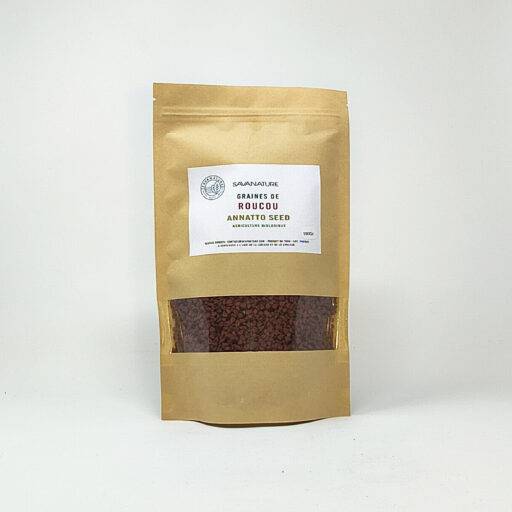
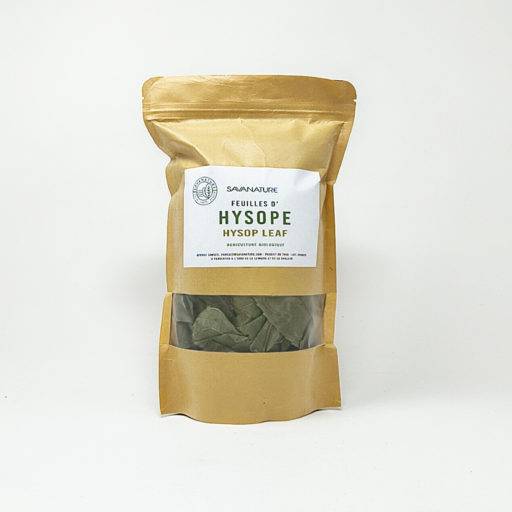
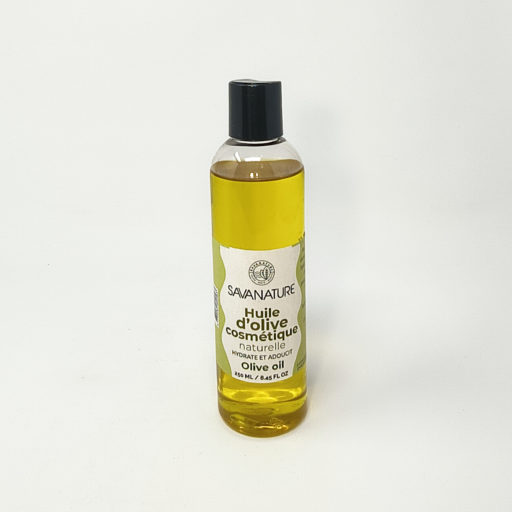


Reviews
There are no reviews yet.